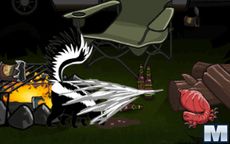
Another prominent Templar in attendance was Amaury de la Roche, Templar Master of the province of France. In 1265, as a young man, he was received into the Order of the Templars in a chapel at the Beaune House, by Humbert de Pairaud, the Visitor of France and England. Both the sudden end of the centuries-old order of Templars and the dramatic execution of its last leader turned Molay into a legendary figure.Ĭhapel of the Beaune commandery, where Jacques de Molay was ordained. When Molay later retracted his confession, Philip had him burned upon a scaffold on an island in the River Seine in front of Notre-Dame de Paris in March, 1314. King Philip IV of France, deeply in debt to the Templars, had Molay and many other French Templars arrested in 1307 and tortured into making false confessions. As European support for the Crusades had dwindled, other forces were at work which sought to disband the order and claim the wealth of the Templars as their own. Jacques de Molay's goal as grand master was to reform the order, and adjust it to the situation in the Holy Land during the waning days of the Crusades. Though little is known of his actual life and deeds except for his last years as Grand Master, he is one of the best known Templars.


1240–1250 – 11 or 18 March 1314 ), also spelled " Molai", was the 23rd and last grand master of the Knights Templar, leading the order from 20 April 1292 until it was dissolved by order of Pope Clement V in 1312.



 0 kommentar(er)
0 kommentar(er)
